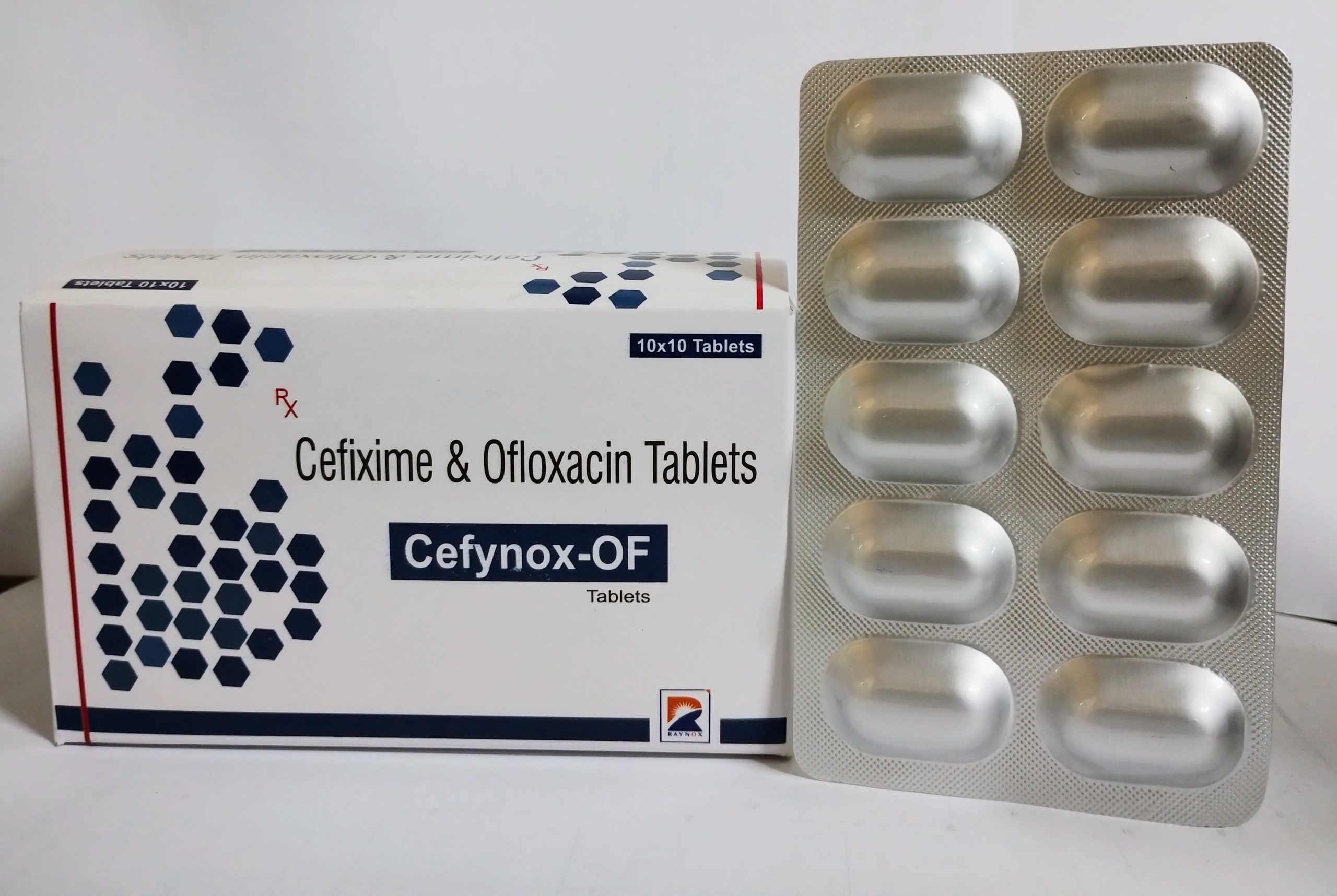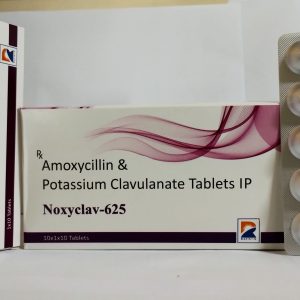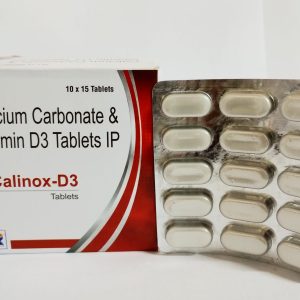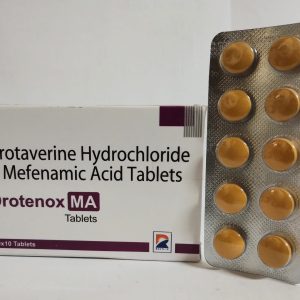DESCRIPTION
Cefixime, an antibiotic, is a third-generation cephalosporin like ceftriaxone and cefotaxime. Cefixime is highly stable in the presence of beta-lactamase enzymes. As a result, many organisms resistant to penicillins and some cephalosporins due to the presence of beta-lactamases, may be susceptible to cefixime. The antibacterial effect of cefixime results from inhibition of mucopeptide synthesis in the bacterial cell wall.
Ofloxacin A synthetic fluoroquinolone (fluoroquinolones) antibacterial agent that inhibits the supercoiling activity of bacterial DNA gyrase, halting DNA replication. [PubChem]
SIDE EFFECTS
Symptoms of overdose include blood in the urine, diarrhea, nausea, upper abdominal pain, and vomiting.
INDICATION
Cefixime :For use in the treatment of the following infections when caused by susceptible strains of the designated microorganisms: (1) uncomplicated urinary tract infections caused by Escherichia coli and Proteus mirabilis, (2) otitis media caused by Haemophilus influenzae (beta-lactamase positive and negative strains), Moraxella catarrhalis (most of which are beta-lactamase positive), and S. pyogenes, (3) pharyngitis and tonsillitis caused by S. pyogenes, (4) acute bronchitis and acute exacerbations of chronic bronchitis caused by Streptococcus pneumoniae and Haemophilus influenzae (beta-lactamase positive and negative strains), and (5) uncomplicated gonorrhea (cervical/urethral) caused by Neisseria gonorrhoeae (penicillinase- and non-penicillinase-producing strains).
Ofloxacin For the treatment of bacterial conjunctivitis caused by susceptible strains of the following organisms: Corynebacterium species, Staphylococus aureus, Staphylococcus epidermidis, Streptococcus pneumoniae, Streptococcus (Groups C/F/G), Viridans group streptococci, Acinetobacter lwoffii, Haemophilus influenzae, Serratia marcescens.





